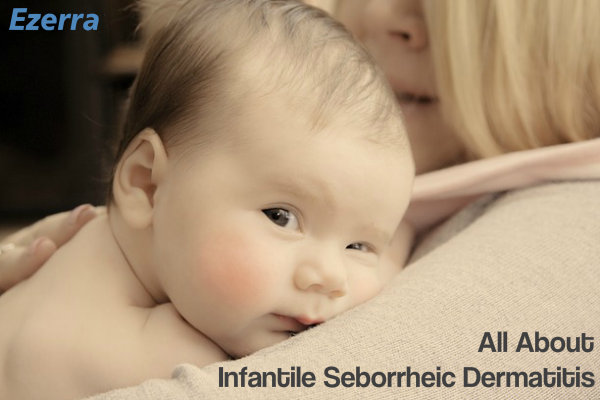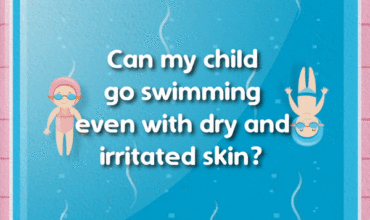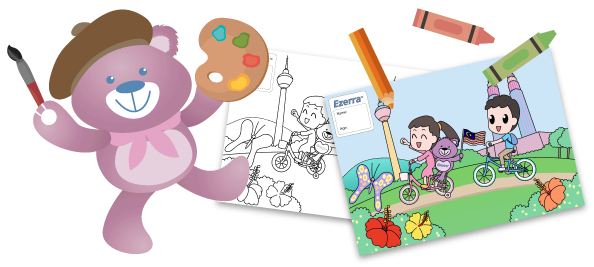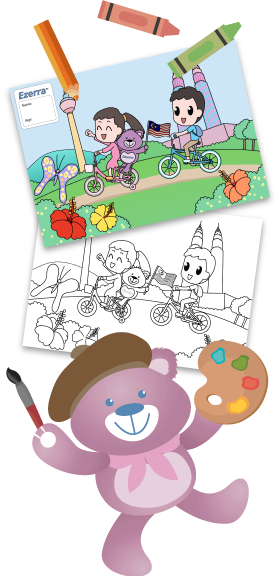All You Need To Know About Infantile Seborrheic Dermatitis
Do you notice rough and scaly patches of skin on your baby’s scalp? As a new parent, this might cause a bit of concern. In most cases, however, there is nothing to worry about. This skin condition is called infantile seborrheic dermatitis, also referred to as cradle cap. In older kids and adults, the condition is called dandruff.
What Is Infantile Seborrheic Dermatitis?
The first thing you should understand is that this skin condition is relatively common among newborns and children under the age of three. This is characterised by the development of thick white, or sometimes yellow, scales on the scalp. In some kids, only a small patch of skin may be affected. In others, it is possible for scales to cover the entire head.
It is also worth noting that even if the condition primarily affects the scalp, cradle cap can also affect the eyebrows, eyelids, back of the neck, diaper area, ears, and armpits. In kids suffering from dry and sensitive skin, cradle cap can lead to cracked skin. When the area is scratched, a small amount of yellow drainage may ooze out from the opening.
Symptoms Of Cradle Cap
As mentioned above, the severity of cradle cap differs from one baby to another. It can appear in bunches or can be located on different areas of the body. Regardless of where cradle cap occurs, the affected area usually has thick crusts, oily patches, and skin flakes. There are also rare cases in which babies may develop red or itchy skin. It is even possible to experience hair loss, but the hair usually grows back as soon as the cradle cap is treated.
How To Treat Cradle Cap
Not all cases of infantile seborrheic dermatitis require treatment. It is recommended, however, to take the necessary measures to loosen and get rid of the scales found on your newborn’s scalp. This can be as simple as gently massaging the scalp of your baby using your fingers or a clean washcloth. Using a mild baby shampoo or gentle cleanser that’s suitable for the whole body can help remove the scales without hurting your baby.
Once the scales are gone, you can keep the condition under control by only shampooing twice weekly. If you find that the scales are hard to remove, try rubbing a moisturising ointment on your baby’s scalp. After letting the ointment sit for a few minutes, gently wash your baby’s hair and use a brush to loosen the scales.
If the scaly patches develop on other areas of the body, it is best to discuss what topical treatments can be used with your doctor. A popular option is steroid creams such as hydrocortisone. Just remember to consult your doctor first before proceeding with the application of any kind of topical medication.
Infantile seborrheic dermatitis can be tricky to deal with. It may disappear for a few months and then reappear all of a sudden. By equipping yourself with knowledge on how to control the condition, you ensure that your baby’s skin remains in tiptop shape. Remember to consult your doctor if your baby suffers from any other symptoms.









